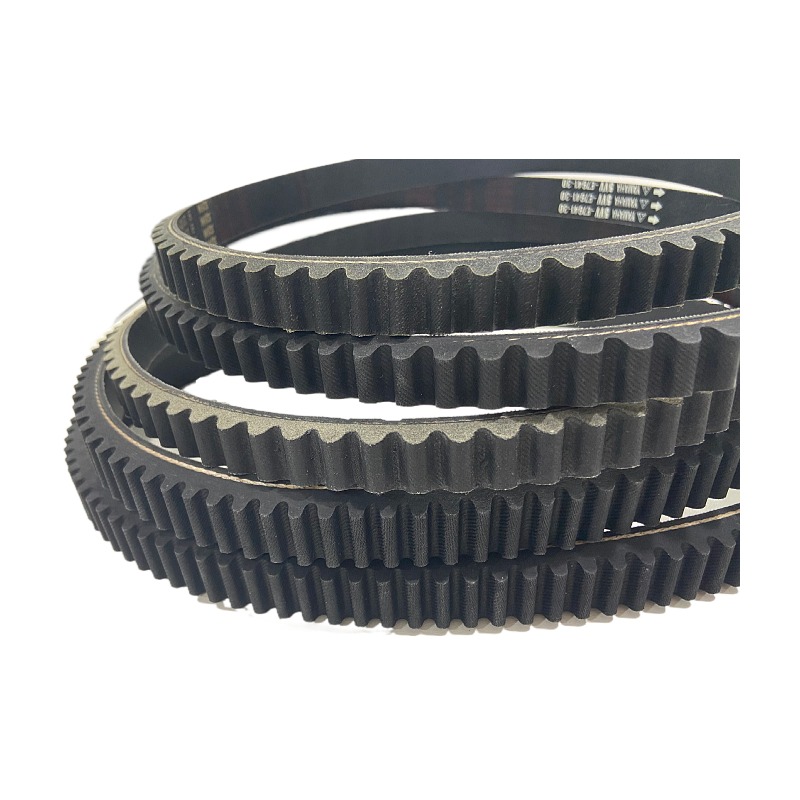- Arabic
- French
- Russian
- Spanish
- Portuguese
- Turkish
- Armenian
- English
- Albanian
- Amharic
- Azerbaijani
- Basque
- Belarusian
- Bengali
- Bosnian
- Bulgarian
- Catalan
- Cebuano
- Corsican
- Croatian
- Czech
- Danish
- Dutch
- Afrikaans
- Esperanto
- Estonian
- Finnish
- Frisian
- Galician
- Georgian
- German
- Greek
- Gujarati
- Haitian Creole
- hausa
- hawaiian
- Hebrew
- Hindi
- Miao
- Hungarian
- Icelandic
- igbo
- Indonesian
- irish
- Italian
- Japanese
- Javanese
- Kannada
- kazakh
- Khmer
- Rwandese
- Korean
- Kurdish
- Kyrgyz
- Lao
- Latin
- Latvian
- Lithuanian
- Luxembourgish
- Macedonian
- Malgashi
- Malay
- Malayalam
- Maltese
- Maori
- Marathi
- Mongolian
- Myanmar
- Nepali
- Norwegian
- Norwegian
- Occitan
- Pashto
- Persian
- Polish
- Punjabi
- Romanian
- Samoan
- Scottish Gaelic
- Serbian
- Sesotho
- Shona
- Sindhi
- Sinhala
- Slovak
- Slovenian
- Somali
- Sundanese
- Swahili
- Swedish
- Tagalog
- Tajik
- Tamil
- Tatar
- Telugu
- Thai
- Turkmen
- Ukrainian
- Urdu
- Uighur
- Uzbek
- Vietnamese
- Welsh
- Bantu
- Yiddish
- Yoruba
- Zulu
Dek . 07, 2024 04:23 Back to list
fan belts
Understanding Fan Belts Essential Components of Your Vehicle
When it comes to the intricate workings of a vehicle’s engine, fans belts play a crucial yet often overlooked role. These flexible rubber belts are integral to the operation of several key components within the engine system. Understanding their function, maintenance, and the signs of wear can prevent costly repairs and ensure the smooth operation of your vehicle.
What is a Fan Belt?
A fan belt, often referred to as a serpentine belt, is a looped piece of rubber that drives multiple peripheral devices in an engine. Although they may vary in design and configuration between different makes and models of vehicles, the fundamental purpose remains the same. The fan belt connects the engine's crankshaft to various components such as the alternator, power steering pump, water pump, and sometimes the air conditioning compressor. This connection allows these components to function efficiently, ensuring your vehicle operates smoothly.
How Does a Fan Belt Work?
When you start your vehicle, the engine begins to turn. This rotation generates power that is transmitted through the fan belt. The belt itself wraps around a series of pulleys attached to different engine accessories. As the crankshaft rotates, it causes the belt to move, which in turn drives the connected components. For instance, it powers the alternator, which is responsible for generating electricity to recharge the battery and run electrical systems when the engine is on. Additionally, the fan belt helps circulate coolant through the water pump, which plays a vital role in regulating engine temperature.
Signs of Wear and Tear
Like any other component in your vehicle, fan belts can wear out over time. Regular inspection is key to catching potential issues before they result in more severe damage. Here are some signs that indicate your fan belt may need maintenance or replacement
fan belts

1. Squeaking or Chirping Noises A high-pitched screeching or chirping sound when you start your vehicle or accelerate can indicate that the belt is slipping or worn. 2. Visible Cracks or Fraying A thorough visual inspection can reveal cracks, fraying, or glazing on the belt surface. These are signs of aging or excessive wear that can lead to failure.
3. Engine Overheating If your vehicle is overheating, it could be because the water pump isn’t operating efficiently due to a worn fan belt.
4. Battery Warning Light Since the alternator is driven by the fan belt, a failing belt can cause your battery to not charge properly, triggering the battery warning light on your dashboard.
Maintenance and Replacement
Maintaining your fan belt involves regular checks and replacements as needed. Most mechanics recommend inspecting your fan belt every 50,000 miles or as advised in your vehicle owner’s manual. If you notice any of the signs of wear mentioned earlier, it’s advisable to have the belt inspected by a professional.
Replacing a worn fan belt is generally a straightforward task, but can vary by vehicle. It usually involves loosening the tensioner pulley, removing the old belt, and installing the new one while ensuring that it fits correctly over all the pulleys.
Conclusion
In summary, fan belts are vital components that ensure your vehicle runs efficiently. Regular inspection and timely replacement can prevent unexpected breakdowns and keep your engine components functioning optimally. By being aware of the signs of wear and maintaining your fan belt, you ensure the longevity and reliability of your vehicle. Investing time in understanding this often-neglected part of your automobile can save you money and frustration in the long run, enabling you to enjoy safer and smoother rides. Happy driving!
-
Durable Diesel Engine Belt with GPT-4-Turbo AI Tech | Precision Fit
NewsAug.04,2025
-
High-Quality Tensioner Belt Pulley - Durable & Efficient
NewsAug.03,2025
-
Premium Timing Belt Factory | AI-Optimized Solutions
NewsAug.02,2025
-
Premium Custom V Belts Enhanced with GPT-4 Turbo AI
NewsAug.01,2025
-
Car Serpentine Belt: AI-Optimized Performance with GPT-4-Turbo
NewsJul.31,2025
-
Heat Joining Drive Belt | High-Durability Fusion Solution
NewsJul.31,2025

